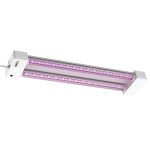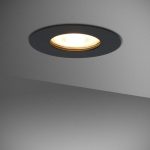Unveiling the Science: How LED Technology Produces Light
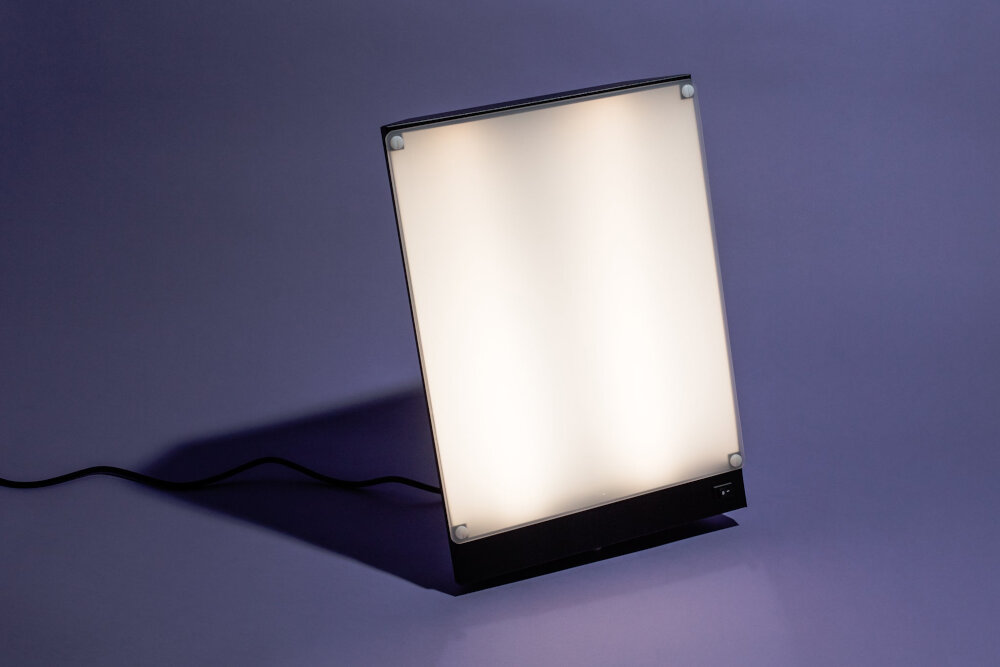
In today’s world, light-emitting diodes (LEDs) have become a popular lighting solution, and for a good reason. Unlike traditional incandescent bulbs, LEDs produce light through a different mechanism, which makes them more energy-efficient and long-lasting. However, not many people know how LEDs work and what makes them so different from other light sources. Understanding the science behind LED technology can help us appreciate their advantages and make informed decisions when choosing lighting solutions for our homes, offices or public spaces. At the core of LED technology lies the phenomenon of electroluminescence, which was discovered more than a century ago but only became commercially viable in the 1960s. Electroluminescence is the process of producing light by passing an electric current through a material that emits photons. LEDs are made of semiconductors, which are materials that have properties between those of conductors (which allow electricity to flow freely) and insulators (which resist the flow of electricity). When a voltage is applied to a semiconductor material, it causes the electrons (negatively charged particles) to move from the negative end of the material to the positive end, where they combine with the positively charged holes (places where electrons are missing). This process releases energy in the form of photons, which we perceive as light. The color of the light depends on the energy level of the photons, which in turn is determined by the properties of the semiconductor material used.
The Basics of LED Technology
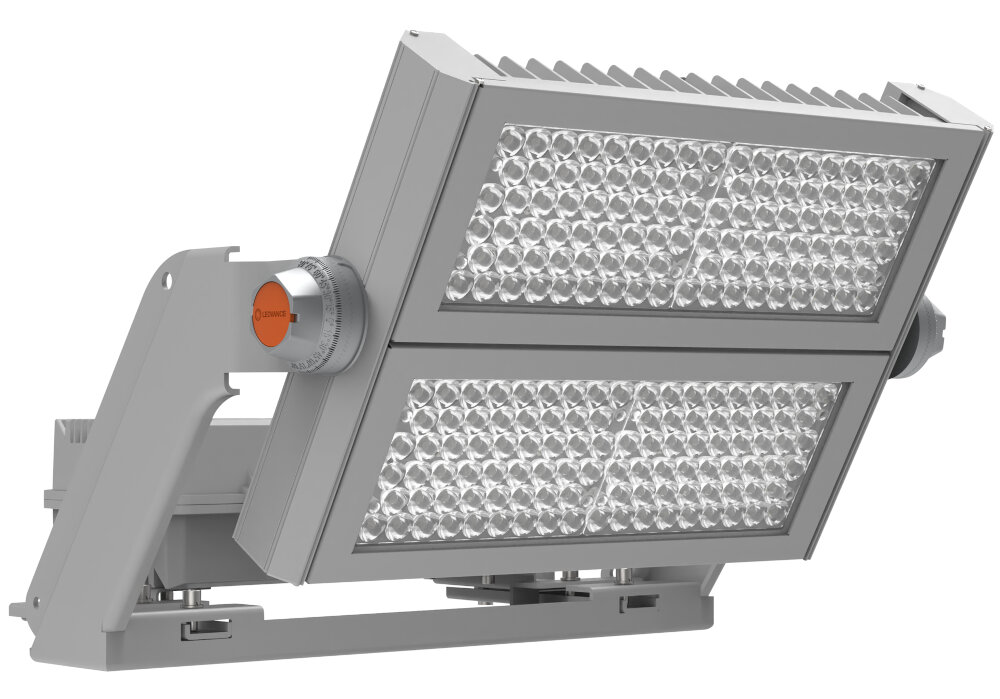
LED technology is an innovative lighting solution that has revolutionized the way we light up our homes, offices, and streets. Unlike traditional light sources, LED lights produce light using a semiconductor material that emits photons when an electric current passes through it. This process is known as electroluminescence, and it is the foundation of how LED lights work. LED lights use a fraction of the energy of traditional incandescent bulbs, making them more energy-efficient and eco-friendly. They also have a longer lifespan, which means that they require less maintenance and replacements. LED lights are also versatile and can be used in various applications, from small indicator lights to large streetlights. The science behind LED technology is fascinating. The semiconductor material used in LED lights is made of a combination of elements, such as gallium, arsenic, and phosphorus. When an electric current passes through the semiconductor material, the electrons in the material move from a higher energy level to a lower energy level, releasing energy in the form of photons. The color of the light produced by LED lights depends on the type of semiconductor material used. For example, a combination of gallium and nitrogen produces blue light, while a combination of gallium and arsenic produces red light. The development of LED technology has led to the creation of a range of colors, from red, green, and blue to white light.
LED or Light Emitting Diode is a semiconductor device that emits light when electric current flows through it. The process of emitting light in LED is called electroluminescence. Unlike the traditional incandescent bulbs, LEDs do not have a filament that burns out, making them more durable and long-lasting. These devices are composed of a p-n junction semiconductor, which is made up of two different types of semiconductor materials, one with negative charge carriers and the other with positive charge carriers. When a voltage is applied to the p-n junction, electrons and holes combine, releasing energy in the form of photons of light. LEDs are widely used in various applications, including lighting, displays, traffic signals, and automotive lighting, due to their energy efficiency, low heat emission, and long lifespan.
LED, or Light Emitting Diodes, are semiconductor devices that convert electrical energy into light. When a voltage is applied to the diode, electrons and holes are injected into the semiconductor material. As these electrons and holes recombine, energy is released in the form of photons, which are the basic units of light. The color of the light emitted by an LED is determined by the materials used to construct the semiconductor. Red, green, and blue LEDs are commonly used to produce white light by combining the colors. LEDs are highly efficient, using less energy to produce the same amount of light as traditional incandescent bulbs. This makes them an environmentally friendly and cost-effective lighting solution.
LED technology has revolutionized the way we think about lighting, and for good reason. One of the most significant advantages of LED lights over traditional light sources is their energy efficiency. LEDs use up to 80% less energy than incandescent bulbs, which means they are not only more environmentally friendly but also help reduce energy costs. Additionally, LEDs have a much longer lifespan than traditional bulbs, lasting up to 25 times longer. They also produce less heat, making them safer and more comfortable to use. Finally, LED lights are incredibly versatile and can be used in a wide range of applications, from household lighting to commercial and industrial use. With all these benefits, it’s no wonder that LED technology is rapidly becoming the lighting of choice for consumers and businesses alike.
The Science Behind LED Technology
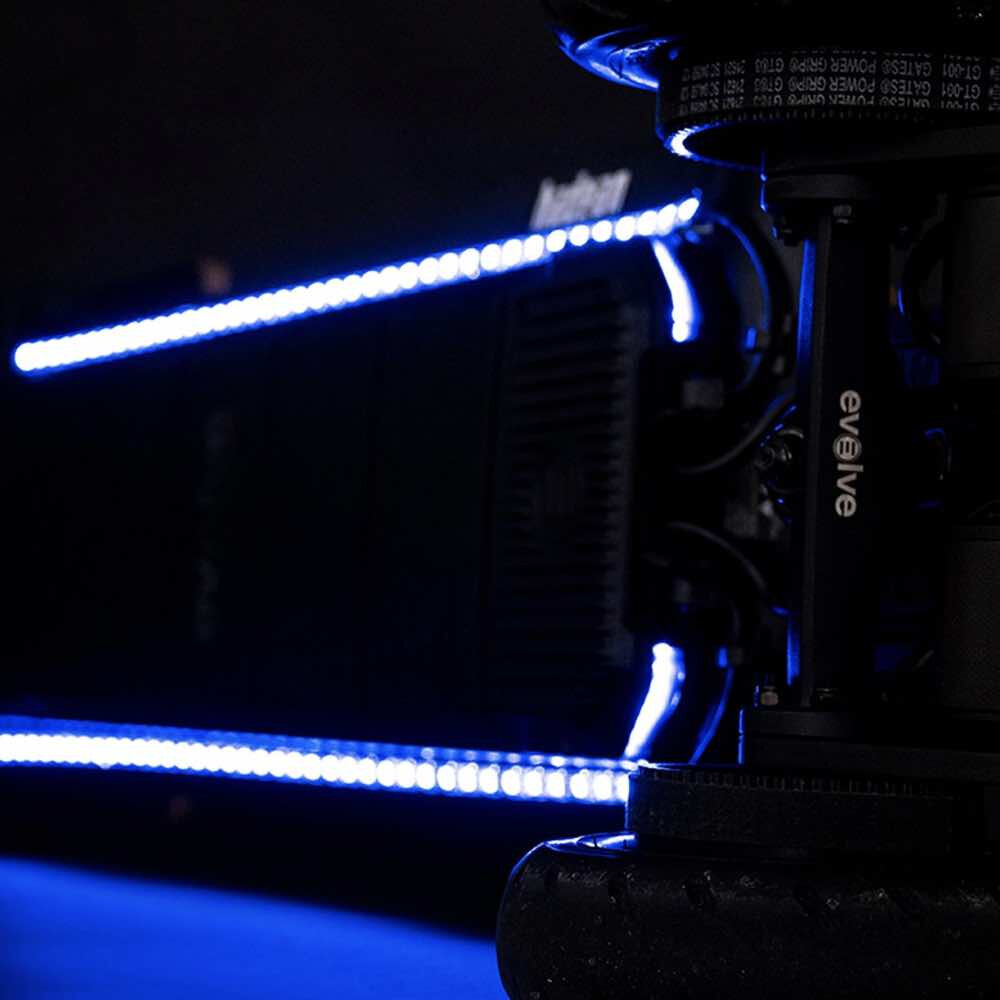
LED technology is a modern lighting solution that has revolutionized the lighting industry in recent years. Unlike traditional lighting systems that use incandescent bulbs, LED technology relies on the properties of semiconductors to produce light. At the heart of every LED is a semiconductor material that emits light when an electric current passes through it. The science behind LED technology is based on the principles of quantum mechanics, which explain how electrons behave in different energy states. When an electric current is applied to a semiconductor material, the electrons inside the material become excited and jump from one energy level to another. This produces photons, which are the basic units of light. The color and brightness of the light produced depend on the properties of the semiconductor material used. One of the key advantages of LED technology over traditional lighting solutions is its energy efficiency. LED lights require much less energy to produce the same amount of light as incandescent bulbs. This is because LED lights produce light through a process known as electroluminescence, which is much more efficient than the heating process used in incandescent bulbs. Another advantage of LED technology is its long lifespan. LED lights can last up to 50,000 hours, which is significantly longer than incandescent bulbs. This is because LED lights do not have a filament that can burn out over time. Instead, they rely on the properties of semiconductors to produce light, which makes them much more durable and long-lasting.
Light Emitting Diodes (LEDs) are semiconductor devices that convert electrical energy into light. They are made up of several layers of materials, including a p-type semiconductor layer and an n-type semiconductor layer, separated by a junction. The p-type layer has a deficiency of electrons, while the n-type layer has an excess of electrons. When an electrical current is applied to the LED, electrons move from the n-type layer to the p-type layer, where they combine with positively charged \holes\ in the p-type layer. This process releases energy in the form of photons, which produces light. The materials used in the construction of LEDs play a crucial role in determining the color of the light produced. For instance, gallium arsenide-based LEDs emit red or infrared light, while indium gallium nitride-based LEDs emit blue or green light.
LED (Light Emitting Diode) is a semiconductor device that produces light when electric current passes through it. The process starts with the application of voltage across the LED terminals, which creates an electric field that causes electrons and holes to move towards the junction. When the electrons meet the holes, they recombine, releasing energy in the form of photons. The emitted photons have specific wavelengths depending on the energy gap of the semiconductor materials used in the LED. The electrons move from the higher energy level of the valence band to the lower energy level of the conduction band, creating a path for the current to flow. The electrons move along the active layer of the LED, which is doped with impurities to create an excess of either electrons or holes, depending on the type of LED. The movement of electrons through the LED creates a flow of current, which in turn produces light.
LEDs come in various types, each with its unique properties. Standard LEDs emit light in a single color, with a narrow range of wavelengths. Multi-color LEDs or RGB LEDs, on the other hand, can emit light in a range of colors, producing a wide range of hues. High-power LEDs are designed to produce high-intensity light and are commonly used in outdoor lighting and automotive applications. Organic LEDs (OLEDs), which are made from organic materials, are incredibly thin and can be used in flexible displays. Finally, quantum dot LEDs (QLEDs) use quantum dots to produce brilliant, vivid colors, which are ideal for use in high-quality televisions and monitors. Overall, the different types of LEDs offer a wide range of options for lighting, display, and other applications.
Applications of LED Technology

LED technology has revolutionized the lighting industry with its numerous applications. LEDs are used in various fields, including automotive lighting, aviation lighting, traffic signals, and outdoor advertising boards. They are also used in residential and commercial lighting as they provide bright light and lower energy consumption. LEDs are also widely used in the entertainment industry for stage lighting, as they are more energy-efficient, brighter, and offer a wide range of colors. Additionally, LEDs are also used in medical equipment, such as surgical lighting, as they produce a bright, cool light that does not emit heat, making them ideal for surgical procedures. The use of LED technology has also enabled the development of new products, such as LED TVs, computer monitors, and smartphone screens. LEDs are also used in the production of solar-powered lights, which are environmentally friendly and cost-effective. Moreover, LEDs can be used in horticulture to provide lighting for plant growth, as they produce the required spectrum of light for photosynthesis. The use of LED technology has also paved the way for the development of smart lighting systems that can be controlled remotely through smartphones or voice assistants, providing convenience, and energy savings. Overall, the applications of LED technology are numerous, and they have transformed the way we use light in our daily lives.
The lighting industry has undergone a significant evolution, from incandescent light bulbs to fluorescent tubes, and now, the LED technology. LEDs, or light-emitting diodes, are semiconductors that emit light when electric current passes through them. LED technology produces light with a high level of efficiency compared to its predecessors, making it a popular choice for various applications. The science behind LED technology is fascinating, as it involves the use of complex materials and processes to manipulate the light’s color, brightness, and direction. The LED’s unique properties have made it a significant player in the lighting industry, and its potential for future advancements is limitless.
Electronic displays have revolutionized the way we interact with technology in our daily lives. These displays, made possible by the development of LED technology, have become ubiquitous in our smartphones, televisions, and computer monitors. LED displays are different from traditional displays in that they use light emitting diodes to illuminate pixels, rather than a backlight. This allows for greater energy efficiency, as well as better contrast and color accuracy. The science behind LED technology is complex, involving the interaction of electrons and photons, but its practical applications have transformed the way we consume and interact with information.
The automotive industry has been a major driver of LED technology innovation as it seeks to improve energy efficiency, reduce emissions, and enhance driver safety. The use of LED lighting in vehicles has become increasingly popular due to its low power consumption, high brightness, and long lifespan. From headlights to taillights, LEDs are being used to improve visibility, provide clearer signals, and create a more stylish appearance. Moreover, the integration of LED technology in automotive interiors has also become more common, creating a more comfortable and personalized driving experience. As the automotive industry continues to evolve, LED technology is likely to play an even greater role in shaping the future of transportation.
The medical industry has been a significant beneficiary of LED technology. The use of LED lighting in medical facilities has revolutionized the way we perceive medical treatment. LED technology has provided a better view of the human body, resulting in more accurate diagnoses and better treatment options. Not only does LED technology improve the quality of medical treatment, but it also reduces energy consumption and healthcare costs. LED lighting has also been used to create innovative medical devices such as LED-based phototherapy that treats skin conditions and LED-based imaging systems that can detect cancerous cells. The medical industry has only begun to scratch the surface of the potential of LED technology, and the future looks bright.
Future of LED Technology
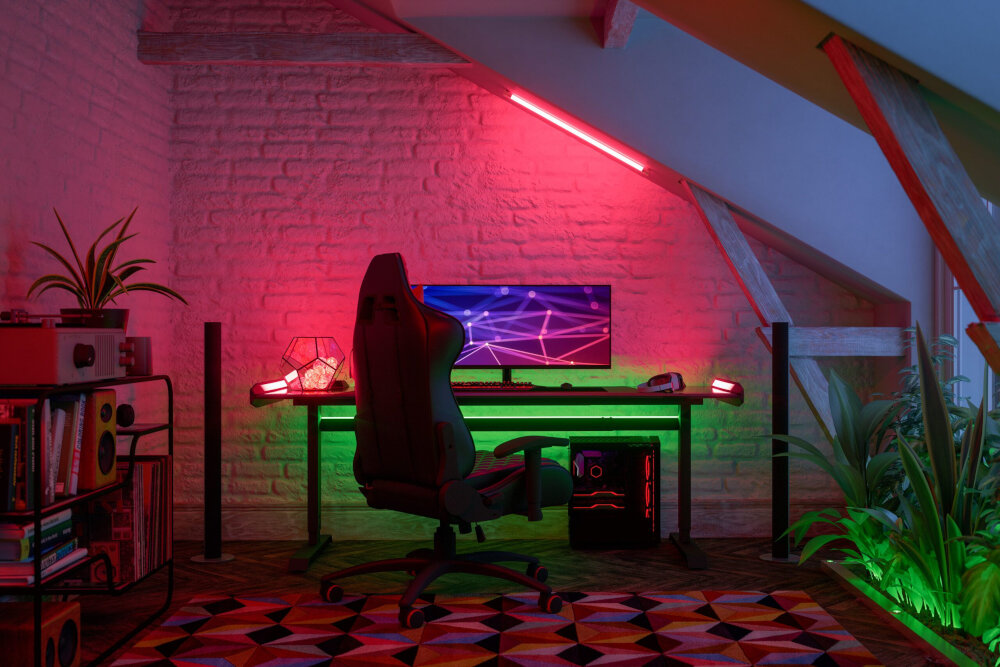
The future of LED technology is undoubtedly bright, with continuous advancements being made in this field. One of the most significant driving forces behind this is the growing demand for more energy-efficient and sustainable lighting solutions. LEDs are already far more efficient than traditional incandescent bulbs, but researchers are constantly working towards making them even more so. This is being achieved through a variety of methods, such as developing new materials that are more efficient at emitting light or improving the design of the LED itself. As a result, we can expect to see LEDs becoming even more energy-efficient and long-lasting in the coming years, making them an even more attractive option for both residential and commercial lighting needs. Another exciting development in the future of LED technology is the integration of smart technologies. Already, we are seeing LEDs being incorporated into smart homes and buildings, where they can be controlled remotely and even programmed to adjust their brightness and color temperature based on the time of day or the user’s preferences. In the future, we can expect to see even more advanced smart LED systems that can communicate with other devices in the home or building, such as thermostats and security systems. This will not only improve convenience but also contribute to even greater energy savings, as the lighting can be optimized to reduce energy consumption when it is not needed. Overall, the future of LED technology is looking bright, with endless possibilities for new applications and advancements.
The advancements in LED technology have revolutionized the lighting industry in recent years. LED lights produce light by passing an electric current through a semiconductor material, which then emits photons. These photons create the visible light that we see. LED lights are incredibly energy-efficient compared to traditional incandescent bulbs, and they also last much longer. Recent advancements in LED technology have led to the development of more efficient and brighter LED lights, making them a popular choice for a range of applications including home lighting, automotive lighting, and street lighting. Additionally, researchers are constantly exploring new ways to improve LED technology, such as increasing the color range and improving the color accuracy of LED lights.
The potential for new applications of LED technology is enormous. Its energy efficiency, low heat emission, durability, and versatility make it a highly sought-after solution in many areas. It is already used for lighting in homes, offices, and public spaces, but it is also being explored for applications in horticulture, medicine, and transportation. LED lights can be programmed to emit specific wavelengths of light that promote plant growth or provide therapeutic benefits for certain medical conditions. In transportation, LED lights are being used to improve safety by providing brighter and more efficient lighting for cars, trains, and airplanes. As technology continues to advance, we can expect to see even more innovative applications of LED lighting in the future.
The development of LED technology has revolutionized the lighting industry by providing energy-efficient and sustainable solutions. LED lights produce more lumens per watt of energy compared to traditional incandescent bulbs, reducing energy consumption and greenhouse gas emissions. Moreover, LED lights have a longer lifespan, reducing waste and the need for frequent replacements. The use of LED technology has also enabled the development of smart lighting systems that can be controlled remotely, further increasing energy efficiency. Overall, LED technology has had a significant impact on energy efficiency and sustainability, and its continued development and implementation is crucial to achieving a more environmentally-friendly future.
In summary, LED technology produces light through a process called electroluminescence, which involves the movement of electrons between the LED’s two semiconductor layers. When a voltage is applied to the LED, the electrons are energized and move from the n-type layer to the p-type layer, releasing energy in the form of photons. The color of the light produced by the LED is determined by the materials used in the semiconductor layers. Additionally, LED technology offers several advantages over traditional lighting sources, including energy efficiency, longer lifespan, and increased durability. As a result, LEDs have become increasingly popular in a variety of applications, including lighting, electronics, and telecommunications.
The widespread adoption of LED technology has had significant implications for various industries. In the lighting industry, LED lights have replaced traditional incandescent bulbs and fluorescent tubes, providing energy-efficient, longer-lasting, and environmentally-friendly lighting solutions. In the automotive industry, LED lights are now commonly used for headlights, taillights, and other applications due to their lower power consumption and longer lifespan. The electronics industry has also benefited from LED technology, with the development of high-definition LED displays for televisions and computer monitors. Furthermore, LED technology has enabled new forms of lighting and display applications, such as flexible and transparent LED screens, which have the potential to revolutionize the advertising and entertainment industries.
In conclusion, the future of LED technology is promising. As the world shifts towards energy-efficient and sustainable solutions, LED lights are becoming an increasingly popular choice. The advancements in LED technology have allowed for greater efficiency, longer lifespan, and improved quality of light. Furthermore, as the demand for smart lighting and Internet of Things (IoT) grows, the integration of LED lights with these technologies is expected to create new opportunities and applications. With continued research and development, it is anticipated that LED technology will continue to evolve and revolutionize the lighting industry, leading to a brighter and more sustainable future.
Conclusion

In conclusion, LED technology has revolutionized the production of light, providing numerous benefits such as energy efficiency, longer lifespan, and versatility in design. The science behind LED technology is fascinating, involving the use of semiconductors, electrons, and photons to generate light. By understanding the intricacies of this technology, we can continue to improve and innovate in the field of lighting, creating more sustainable, cost-effective, and visually appealing lighting solutions. It is clear that LED technology has a bright future ahead, and we can expect to see even more advancements in this field in the coming years.

